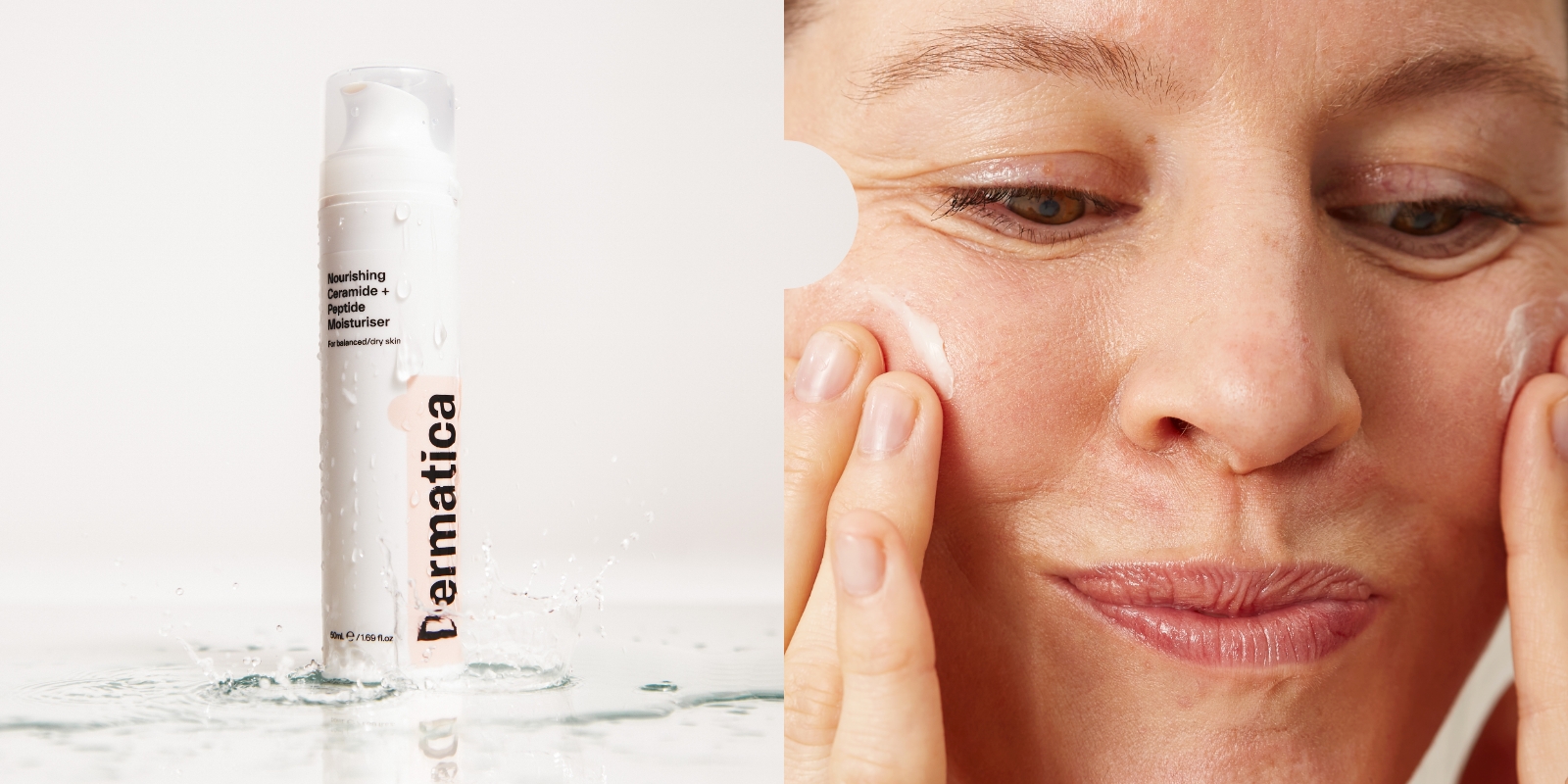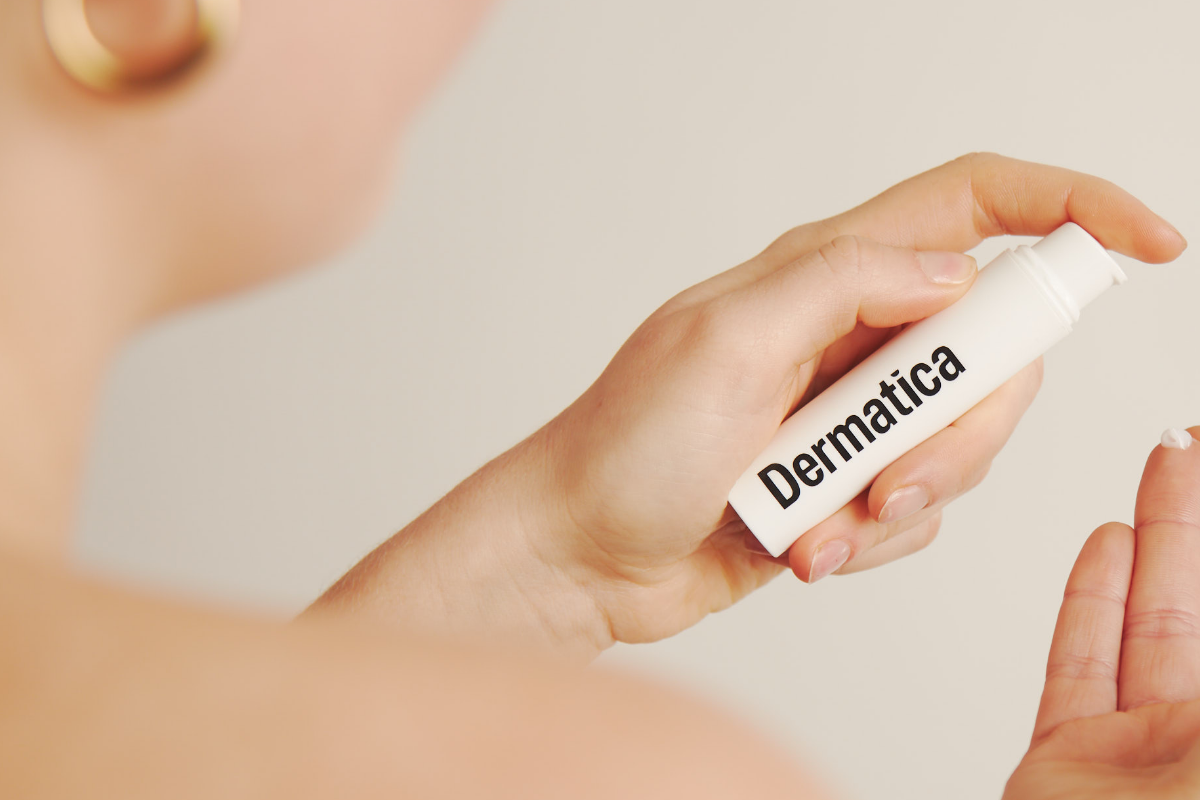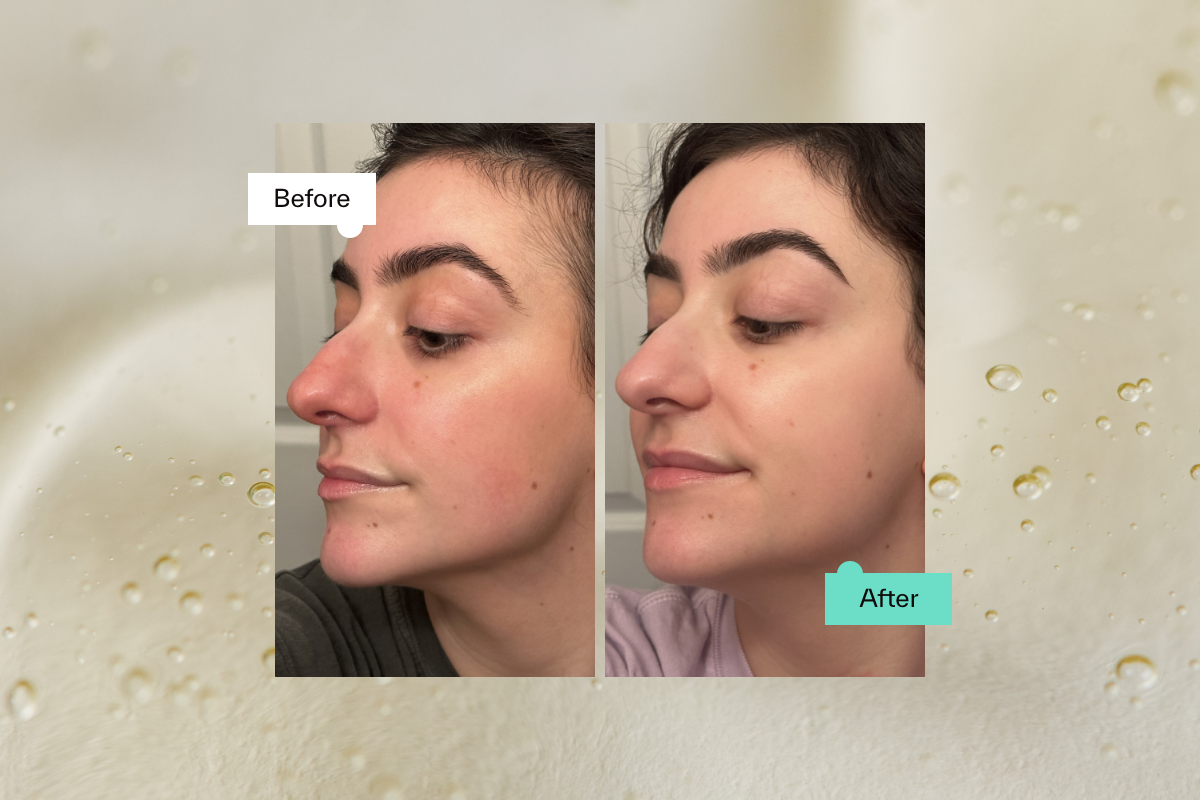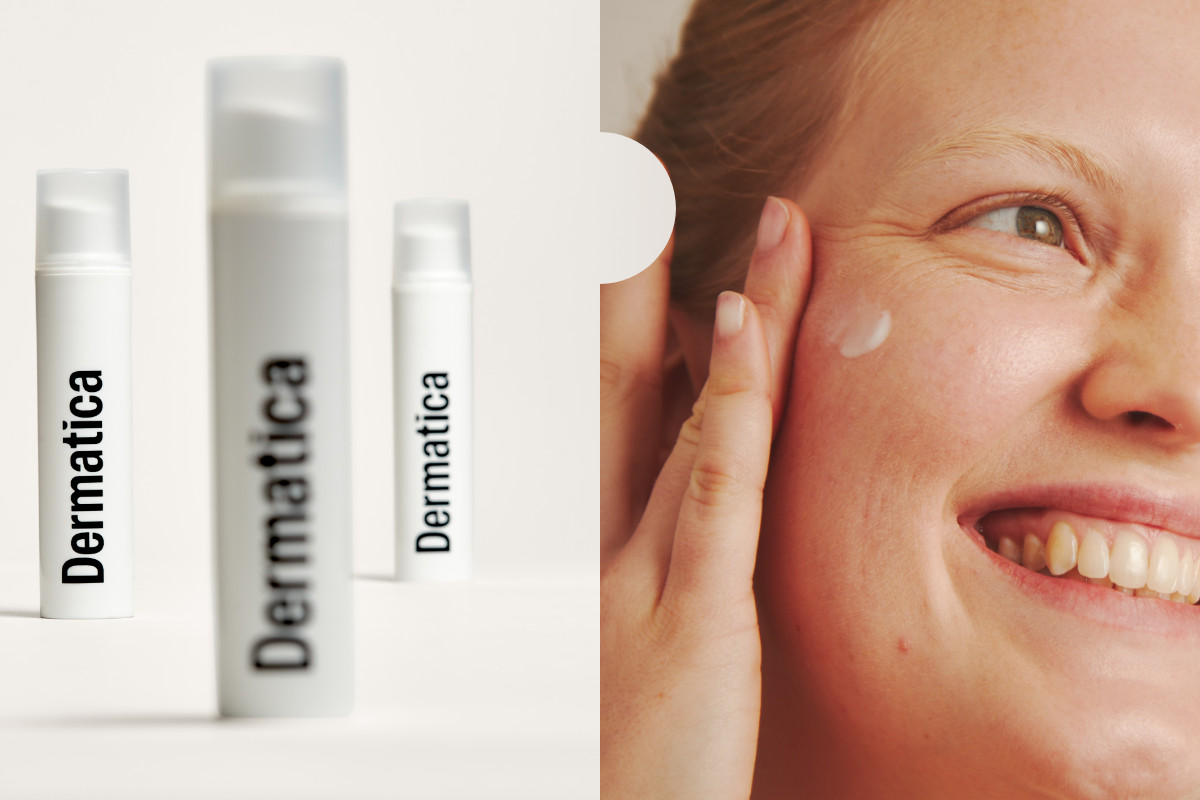When looking for a moisturiser, it’s a great idea to choose one that contains ceramides, as they play an important role in maintaining healthy skin. So look for products that list ceramides as one of the first ingredients, and opt for ones that are fragrance-free and non-irritating.
The research backs this up: when you use moisturisers that contain natural or synthetic ceramides, your skin retains more water, and its barrier function improves. What’s more, when you compare the outcomes of people using ceramide-containing moisturisers, it’s clear there are real improvements in their dry skin.
What are ceramides?
Ceramides are a type of lipid (fat) molecule that naturally occur in the skin’s outermost layer, known as the stratum corneum.
In moisturisers, ceramides can be added as an ingredient to help repair the skin barrier, increase moisture levels, and improve skin texture and appearance. And they’re particularly beneficial for people with dry, sensitive, or eczema-prone skin, as they help to soothe and calm inflammation.
Why are they so important?
Ceramides play a crucial role in maintaining the skin barrier function by helping to retain moisture, keeping the skin hydrated, and protecting it from environmental aggressors. One way to think about ceramide molecules is as the mortar between the bricks (skin cells) of the outer layer of skin.
Not only do ceramides acts as a lipid layer to prevent water loss, they are also able to retain water within their layer, which helps lock in moisture at the skin surface.
What our dermatology experts recommend
Here at Dermatica, our moisturiser contains a Ceramide Complex, which is skin identical, and works by locking in moisture at the skin’s surface while helping to restore its protective barrier function.
And that’s not all. Both our Nourishing Ceramide + Peptide Moisturiser for balanced to dry skin, and Soothing Centella Gel Moisturiser for oily or blemish-prone skin, contain the following nourishing ingredients:
1. Niacinamide
This form of vitamin B3 helps stabilise the skin’s barrier function, and, like ceramides, helps to reduce water loss.
2. Panthenol
Also known as a provitamin of B5, it can stimulate cells that boost the skin’s barrier functions.
3. Vitamin E
Able to neutralise free radicals and restores lost lipids.
4. Hyaluronic acid
A powerful ‘humectant’ (or substance that keeps things moist), this remarkable molecule holds 1000 times its weight in water. It works by drawing moisture from the environment, and up from deeper layers of the skin, to keep the epidermis hydrated.
How to use a Dermatica moisturiser
Once your skin is cleansed, apply your personalised formula and a hydrating serum if you use them. Then apply a thin layer of moisturiser (1 or 2 pumps) on your face and neck. Rub it evenly on your skin using gentle circular motions and upward strokes. You can use this both AM and PM.
If you’re using a Dermatica prescription formula then apply it first, once it’s fully absorbed apply this moisturiser.
References:
1. Spada F. Skin hydration is significantly increased by a cream formulated to mimic the skin’s own natural moisturizing systems. Clin Cosmet Investig Dermatol. 2018 Oct; 11: 491-7.
2. Kono T. et al. Clinical significance of the water retention and barrier function-improving capabilities of ceramide-containing formulations: A qualitative review. J Dermatol. 2021 Dec; 48(12): 1807-16.
3. Christophers E. Cellular architecture of the stratum corneum. J Invest Dermatol. 1971 Mar; 56(3): 165-9.
4. Golden G.M. et al. Stratum corneum lipid phase transitions and water barrier properties. Biochemistry. 1987 Apr; 26(8): 2382-8.
5. Papakonstantinou E. et al. Hyaluronic acid: A key molecule in skin aging. Dermatoendocrinol. 2012 Jul; 4(3): 253-258.





